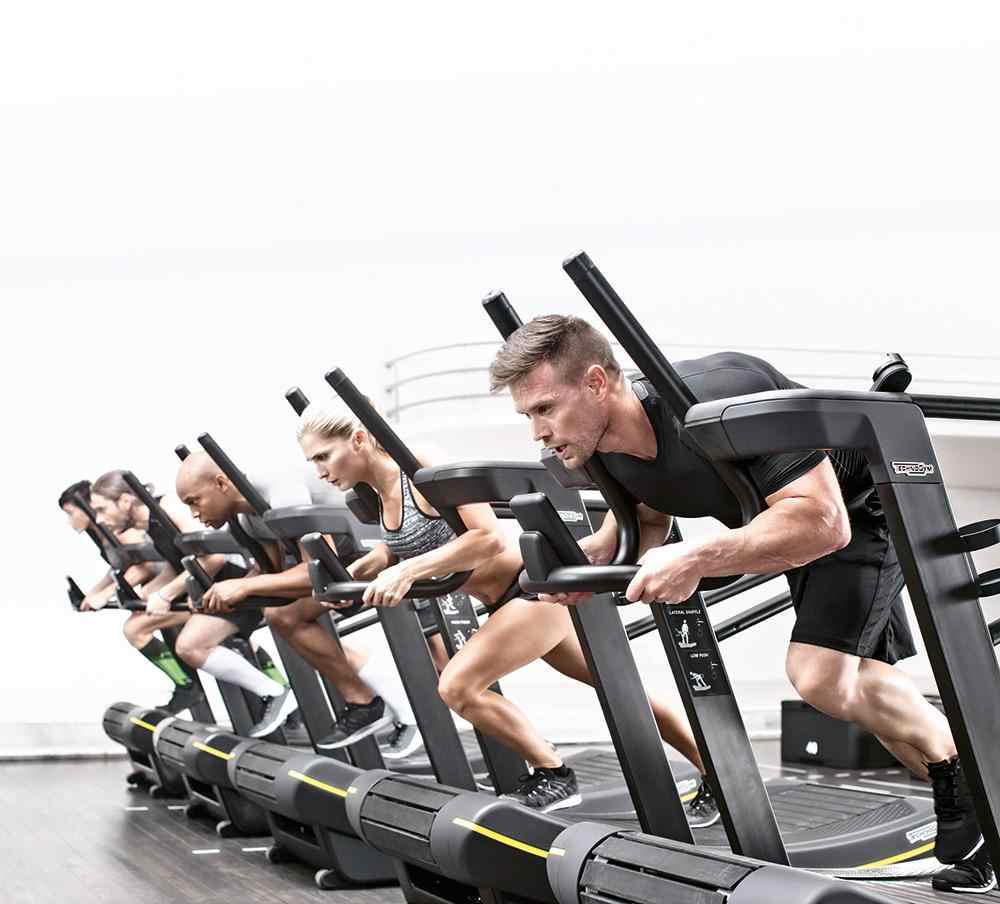Currently Empty: $0.00
How to Train Like an Athlete: Tips and Techniques for Optimal Performance

Introduction
Are you inspired by the dedication, strength, and agility of professional athletes? Do you want to reach your peak physical condition and perform like an athlete? Training like an athlete is not only reserved for the pros. With the right mindset, strategies, and techniques, you too can unleash your inner athlete and achieve your fitness goals. In this blog post, we will explore valuable tips and techniques that will guide you on your journey to training like an athlete.
Table of Contents
Table of Contents
- Understanding the Athlete Mindset
- Designing a Well-Rounded Training Plan
- Prioritizing Strength and Conditioning
- Incorporating High-Intensity Interval Training (HIIT)
- Focusing on Functional Movements
- Fueling Your Body for Performance
- Adequate Rest and Recovery
- Tracking Progress and Setting Goals
- Staying Motivated and Consistent
- Seeking Professional Guidance
1. Understanding the Athlete Mindset
To train like an athlete, you must adopt an athlete’s mindset. Athletes possess qualities such as discipline, determination, perseverance, and a strong work ethic. Visualize your goals, maintain a positive attitude, and embrace challenges as opportunities for growth. Believe in your abilities and commit to putting in the necessary effort to achieve success.
2. Designing a Well-Rounded Training Plan
A well-rounded training plan is crucial for achieving optimal performance. Incorporate a combination of cardiovascular exercises, strength training, flexibility work, and skill-specific drills. This diversity ensures that you are developing various aspects of your fitness, leading to overall improvement.
3. Prioritizing Strength and Conditioning
Strength and conditioning form the foundation of athletic performance. Incorporate exercises that target major muscle groups, such as squats, deadlifts, lunges, and bench presses. Focus on progressive overload, gradually increasing the weight or intensity of your workouts to challenge your muscles and stimulate growth.
4. Incorporating High-Intensity Interval Training (HIIT)
High-Intensity Interval Training (HIIT) is an excellent technique to enhance your cardiovascular fitness and burn fat. Alternate between short bursts of intense exercise and active recovery periods. For example, sprint for 30 seconds, followed by 60 seconds of light jogging. Repeat this cycle for a set duration. HIIT sessions are time-efficient and provide an effective way to boost your metabolism.
5. Focusing on Functional Movements
Functional movements mimic the actions and patterns used in daily life and sports. Incorporating exercises that engage multiple muscle groups simultaneously can improve your coordination, stability, and overall performance. Examples of functional movements include squats, lunges, push-ups, and kettlebell swings.
6. Fueling Your Body for Performance
Nutrition plays a vital role in training like an athlete. Fuel your body with a balanced diet consisting of lean proteins, whole grains, fruits, vegetables, and healthy fats. Stay hydrated and consider incorporating supplements, such as protein shakes or vitamins, to support your training and recovery.
7. Adequate Rest and Recovery
Rest and recovery are as important as training itself. Allow your body time to repair and rebuild by incorporating rest days into your training schedule. Get sufficient sleep to optimize recovery and promote muscle growth. Listen to your body and address any signs of fatigue or injury promptly to avoid long-term setbacks.
8. Tracking Progress and Setting Goals
Monitoring your progress is essential for staying motivated and tracking improvements. Keep a training journal to record your workouts, track performance metrics, and celebrate milestones. Set specific, measurable, attainable, relevant, and time-bound (SMART) goals to provide direction and focus for your training.
9. Staying Motivated and Consistent
Training like an athlete requires consistency and motivation. Find ways to stay inspired, such as working out with a partner, joining fitness communities, or participating in challenges. Celebrate small victories along the way to maintain enthusiasm and reinforce positive habits.
10. Seeking Professional Guidance
Consider seeking professional guidance from certified trainers or coaches who specialize in athletic training. They can assess your current fitness level, design personalized training plans, provide guidance on technique, and offer valuable insights to optimize your performance.
By following these tips and techniques, you can embark on a transformative journey to train like an athlete. Remember, the path to athletic excellence is not instantaneous but requires dedication, perseverance, and patience. Embrace the process, stay consistent, and celebrate every step towards your fitness goals. Unleash your inner athlete and witness the incredible changes in your physical and mental well-being.
Outbound Links:
- Sports Science Direct: Visit this authoritative website for in-depth research and information on sports science, performance training, and athlete development.
- American Council on Exercise: The American Council on Exercise is a trusted resource for fitness professionals and enthusiasts, offering evidence-based articles, certifications, and educational resources to enhance your training knowledge.
FAQs (Frequently Asked Questions)
1. Can anyone train like an athlete? Absolutely! While professional athletes may have certain genetic advantages, anyone can adopt the mindset and training techniques of athletes to improve their fitness and performance.
2. How often should I train to see results? The frequency of your training sessions depends on various factors, including your current fitness level, goals, and schedule. Aim for at least three to five sessions per week, incorporating both cardio and strength training exercises.
3. Is it necessary to hire a personal trainer? While not necessary, a personal trainer can provide valuable guidance, motivation, and personalized training plans tailored to your specific needs and goals. They can help you optimize your training and avoid injury.
4. Are supplements necessary for training like an athlete? Supplements are not essential but can complement your training and support your nutritional needs. Consult with a healthcare professional or registered dietitian to determine if supplements are necessary based on your individual requirements.
5. How long does it take to train like an athlete? The time it takes to train like an athlete varies depending on your starting point, goals, and dedication. It is a continuous journey of improvement, and results will come with consistent effort and time.

